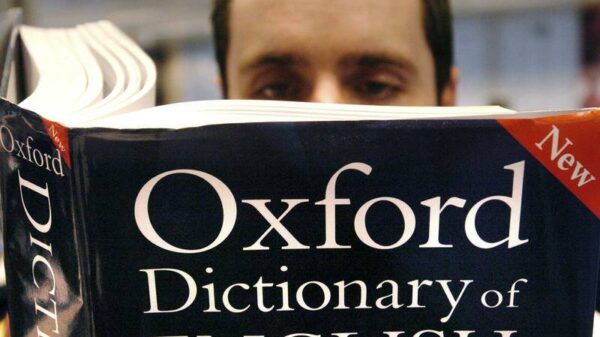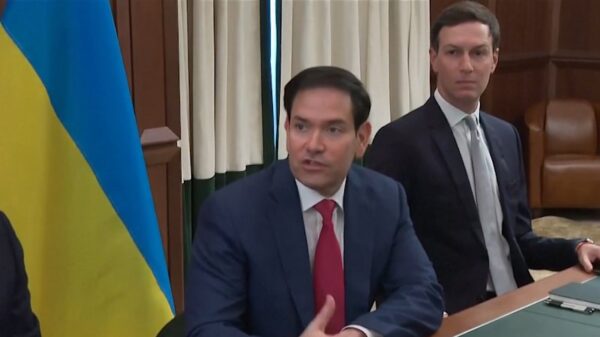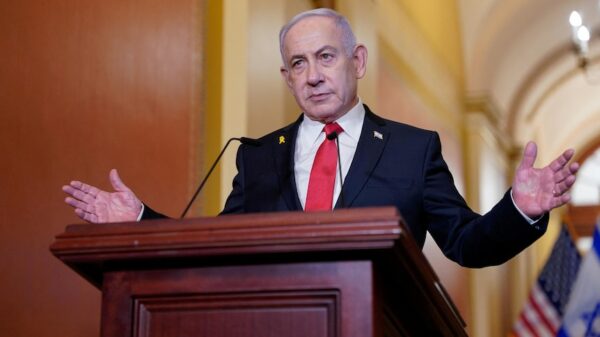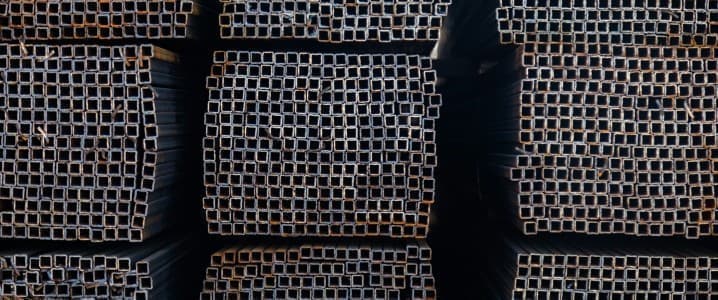China has officially lodged a complaint with the World Trade Organization (WTO) regarding Canada’s recently imposed steel tariffs and tariff rate quotas. This action highlights the ongoing trade tensions between the two nations, which have escalated in recent years due to reciprocal tariff measures affecting various products, including canola and electric vehicles. China’s Ministry of Commerce (MOFCOM) asserts that Canada’s practices are discriminatory and violate international trade rules.
The tariffs imposed by Canada include a 25% surtax on steel products that are “melted and poured” in China, while imports from the United States are exempt. This has led to accusations from Beijing of unilateral and protectionist measures that disrupt global supply chains. Executed on August 1, 2023, the new rules specifically target imports that exceed designated quota limits.
Escalating Trade Disputes
The complaint adds to a series of ongoing disputes involving Chinese steel exports at the WTO. According to MOFCOM, Canada’s restrictions could disturb the global steel supply chain. If the complaint is upheld, it may deter other countries from implementing similar origin-based tariffs, fundamentally affecting how nations define “melted and poured” origin rules.
In response, Canada’s Department of Finance has defended its position, citing global steel overproduction and the impact of U.S. tariffs as justifications for its tightened quotas and expanded surtaxes. Some analysts view China’s complaint as a strategic move to signal other Western economies that they may face legal repercussions for imposing similar tariffs.
This development initiates a formal dispute resolution process that could lead to consultations and a panel ruling if the matter is not resolved amicably. Many experts suggest that Canada may have a strong legal foundation for justifying its measures under international trade law, placing the WTO’s dispute resolution mechanisms under scrutiny during a period when its authority has been questioned globally.
Regional Implications and Global Context
Canada is not the only country facing challenges related to Chinese steel imports. Reports indicate that India has recommended a phased three-year import tariff on selected steel products to protect its domestic industry from rising shipments from China. Following a significant increase in imports, India’s Directorate General of Trade Remedies (DGTR) proposed an initial import duty of 12%, which would decrease to 11.5% in the second year and to 11% in the final year. This recommendation builds on a temporary safeguard duty implemented earlier this year.
The DGTR has pointed out that the recent surge in imports from China poses a risk of serious injury to Indian producers, further illustrating the global challenges stemming from steel overproduction. Countries such as South Korea and Vietnam have already imposed tariffs on Chinese steel, following a precedent set by former U.S. President Donald Trump.
As the dispute unfolds, it reflects a broader trend where nations are increasingly scrutinizing trade practices that may undermine local industries. The implications of these tariffs and complaints extend beyond individual countries, potentially reshaping the dynamics of international trade relationships.





























































